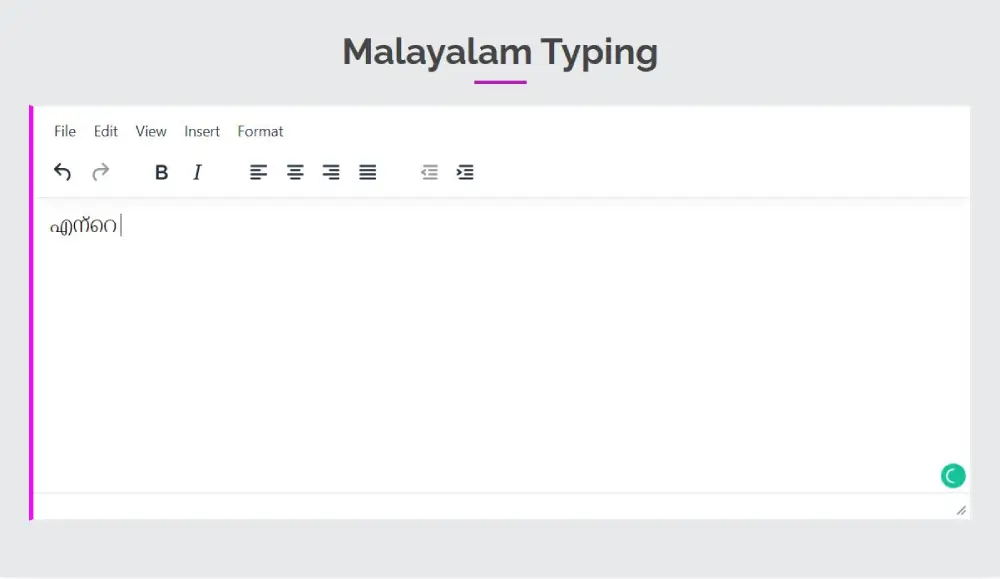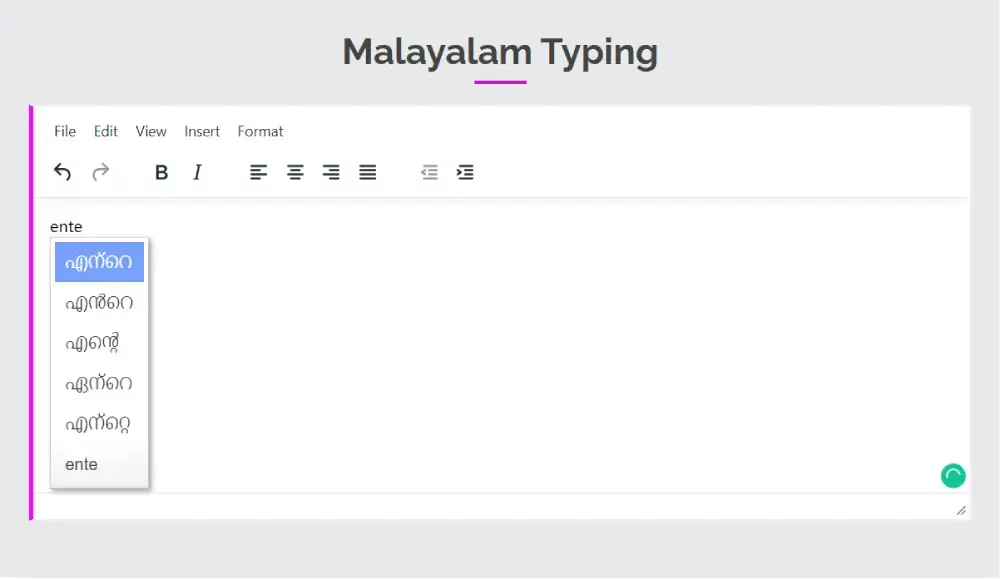Get Started with Our Russian Typing Tool
Our Russian typing tool makes it easy to type in Russian without any technical knowledge or software downloads. All you need to do is visit our website and start typing! Our intuitive layout ensures that you`ll be able to quickly navigate the page and get started with your typing. Best of all, you don`t have to worry about accuracy - our tool will automatically detect and correct mistakes as you type! In mobile when you type in all the given text-area space, your content fills the text-area and if you want to increase the size of the text area, you can expand its size each time you press the button EXPAND and after completion and start a new content typing press the button SHRINK and the text area will be back to its original size. On the desktop, once the text has been typed into the desired language, all you need to do is select it all, press “ctrl-c,” copy it, and then press “ctrl-v” to paste it back into your document. When you are on mobile just simply click the COPY button and copy all your text and then paste it into your desired location. And also clear your text area after typing press the CLEAR button and you can type other contents as you like.
Unable to find the correct transliterate?


Russian Language
Russian is an East Slavic language and is the most widely spoken of the Slavic languages. It is the official language of Russia and is also widely used in other countries with significant Russian-speaking populations, including Ukraine, Belarus, Kazakhstan, and Kyrgyzstan.
History of Russian
The earliest written records of Russian date back to the 10th century, when Old East Slavic was used in written documents and religious texts. In the late 17th century, a new form of Russian, known as Church Slavonic, was developed and used for religious texts and the first printed books in Russian.
In the 18th and 19th centuries, Russian underwent significant changes and a modern literary language was developed. This new form of Russian was heavily influenced by the works of the great Russian writers of the time, including Pushkin, Gogol, and Turgenev.
The Russian Revolution of 1917 brought about major changes to the Russian language, as the new Soviet government sought to promote the language as a tool of mass communication and to eliminate any remaining vestiges of the old Tsarist regime. In the decades that followed, Russian underwent further changes, as the language was standardized and new words were created to reflect the changing world.
Today, Russian is a rich and complex language, with a large vocabulary and a sophisticated grammar. It is widely used for both written and spoken communication, and is one of the six official languages of the United Nations.
Russian Script (Русский сценарий)
Consonants (Согласные)
б, в, г, д, ж, з, й, к, л, м, н, п, р, с, т, ф, х, ц, ч, ш, щ, ъ, ь, э, ю, я
Vowels (Гласные)
а, е, и, о, ы, э, ю, я
Common Diphthongs (Распространенные дифтонги)
ай, ей, ой
Numbers (Числа)
0, 1, 2, 3, 4, 5, 6, 7, 8, 9
Transliterate English to Russian
Our online typing system will allow you to transliterate English into Russian. We use the Google transliterate feature to translate, which is very fast and accurate. You can simply convert each word, just press the space bar after typing them. Also, you can get a choice option dropdown if you press the back key. You can edit your text with a text editor to bold, italic etc. Format and style all your converted Russian content. We use some autocorrection features to transliterate your broken words without retyping them. Which saves you more time in typing.
Press (Ctrl+G) to switch between English and Russian. Also, you can save them as txt or doc for your further use.
Translate vs Transliterate
Translation refers to the process of converting written text from one language to another while preserving the meaning of the original text. Translation involves converting the words and phrases of a text from one language to their equivalents in another language, taking into account the context and cultural differences between the languages.
Transliteration, on the other hand, refers to the process of converting written text from one script (alphabet or writing system) to another, while preserving the sounds of the original text. Transliteration involves converting the letters and characters of a text from one script to their equivalents in another script, without necessarily preserving the meanings of the words.
For instance, the Russian equivalent of the English phrase "Hello, how are you?" is "Привет, как дела?" This translations keeps the original phrase`s meaning. On the other hand, the English phrase "Hello, how are you?" can be transliterated into the Russian alphabet as "хелло, нов аре ооо?", which preserves the sounds of the original phrase but not necessarily it`s meaning.
Translation and transliteration are both useful tools for helping people communicate and understand written text in different languages and scripts. However, they serve different purposes and involve different approaches to converting written text.
